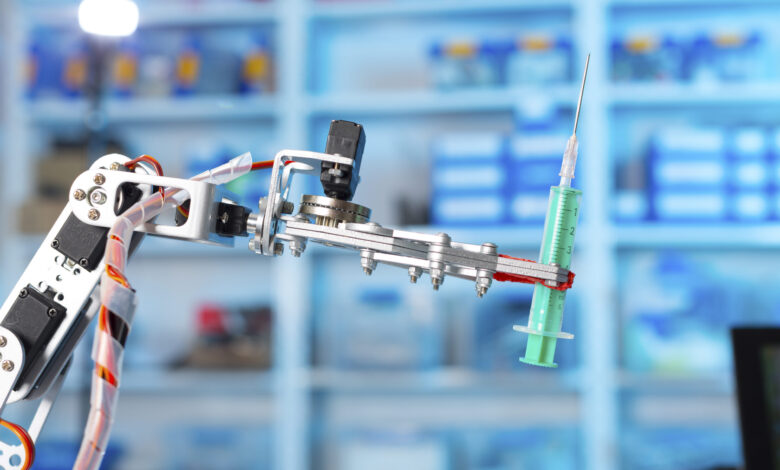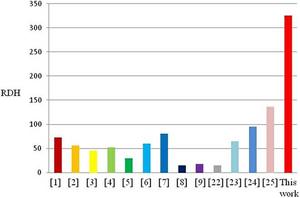Celebrating National Robotics Week

National Robotics Week is intended to inspire students in robotics and STEM related fields. In honor of the week, we are highlighting some of the interesting and innovative applications of robotics and artificial intelligence in biomedical research and development from our archives.
One recent article explored the emerging role of robots and AI in cell and gene therapy manufacturing as described in a joint paper by the European Committee of the International Society for Cell & Gene Therapy and the European Society for Blood and Marrow Transplantation. At this year’s Precision Med TRI-CON meeting, Eric Topol, MD, dubbed artificial intelligence as “the biggest transformation in the history of medicine.” Robots were also on full display at this year’s Society of Lab Automation and Screening conference including ones for liquid handling in the context of next-generation sequencing library preparation and nucleic acid extraction. There’s also increasing interest in deploying nano-sized robots to treat various cancers including bladder tumors and lung tumors.
We are also looking to the future and thinking about some of the areas that robots might move into next. Below, Opentrons CEO Jon Brennan-Badal shares his thoughts on where robots are currently at work in the life sciences and what the future might look like.
GEN: What are some of the most exciting applications of robotics currently?
Brennan-Badal: The robotics industry is rapidly advancing, revolutionizing sectors like healthcare and life sciences. In life sciences, robotics is crucial in high-throughput settings like core genomics facilities and labs working on discovering and screening new drugs. Automation in these settings ensures data reliability and allows for higher throughput of samples, supporting scalability. These advancements in robotics significantly enhance scientific advancement and medical breakthroughs.
Automating routine tasks dramatically increases the number of experiments conducted and discoveries made. For instance, in sequencing, the cost of sample preparation now exceeds the use of the sequencers themselves due to manual labor. Automating these processes can significantly reduce costs and increase throughput, shifting the bottleneck away from manual labor and towards more efficient, automated solutions. This efficiency mirrors that seen in industries like manufacturing and logistics, highlighting the potential for robotics to enhance productivity in life sciences.
GEN: What does the future of robotics in the field look like?
Brennan-Badal: As in many industries, AI is likely to have a profound effect on lab automation and robotics. At Opentrons, we are already seeing the potential of generative AI to significantly improve automated workflows and protocol creation. By using an interface powered by generative AI and large language models, scientists can describe experimental protocols in plain language, and the model will interpret and generate corresponding automated protocol scripts intelligently. This approach suggests optimal parameters, troubleshoots potential issues, and adapts protocols based on specific experimental requirements.
Another important consideration is preparing the next generation of scientists with crucial skills. We believe automation should be a core skill in laboratory sciences, bridging the widening skill gap in biotech. Embedding automation into educational curriculums and enabling early and effective learning of laboratory automation is setting students up for success in a dynamic biotech future.



